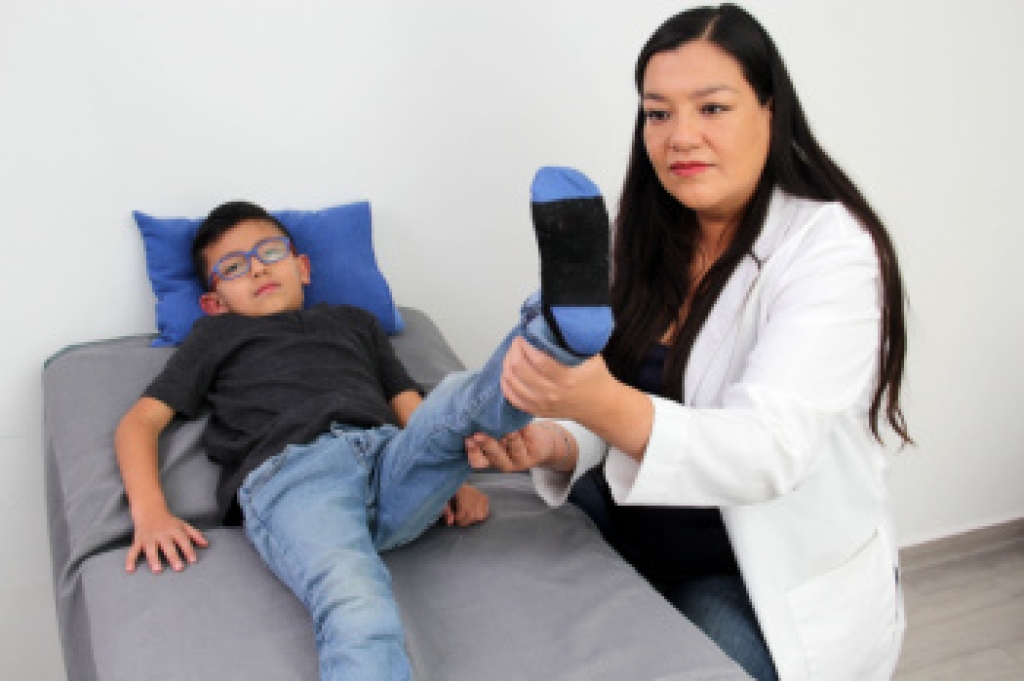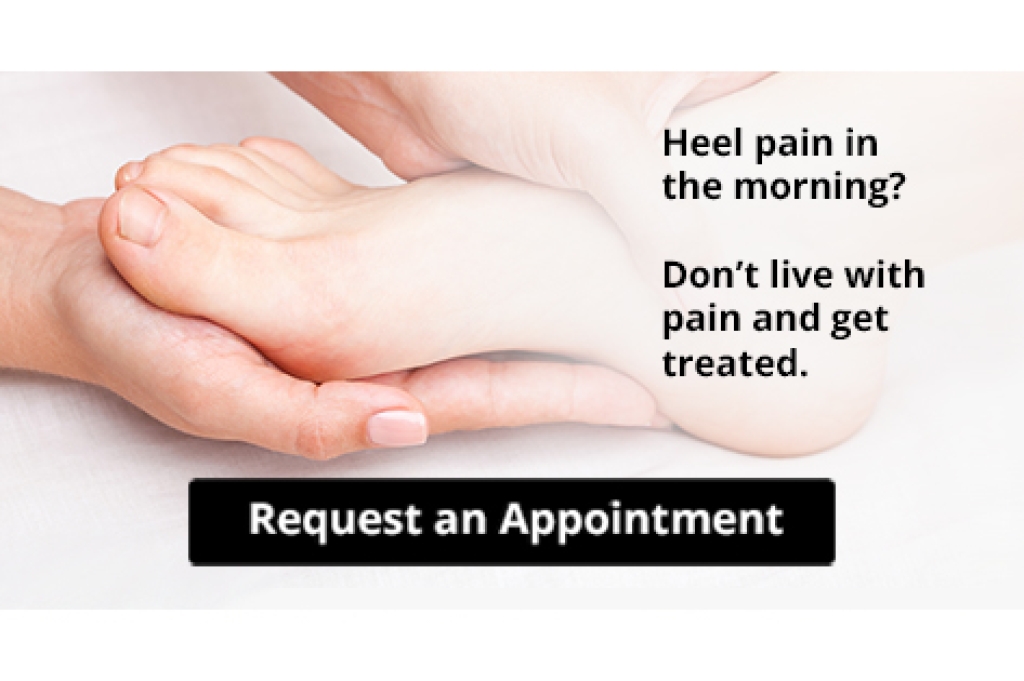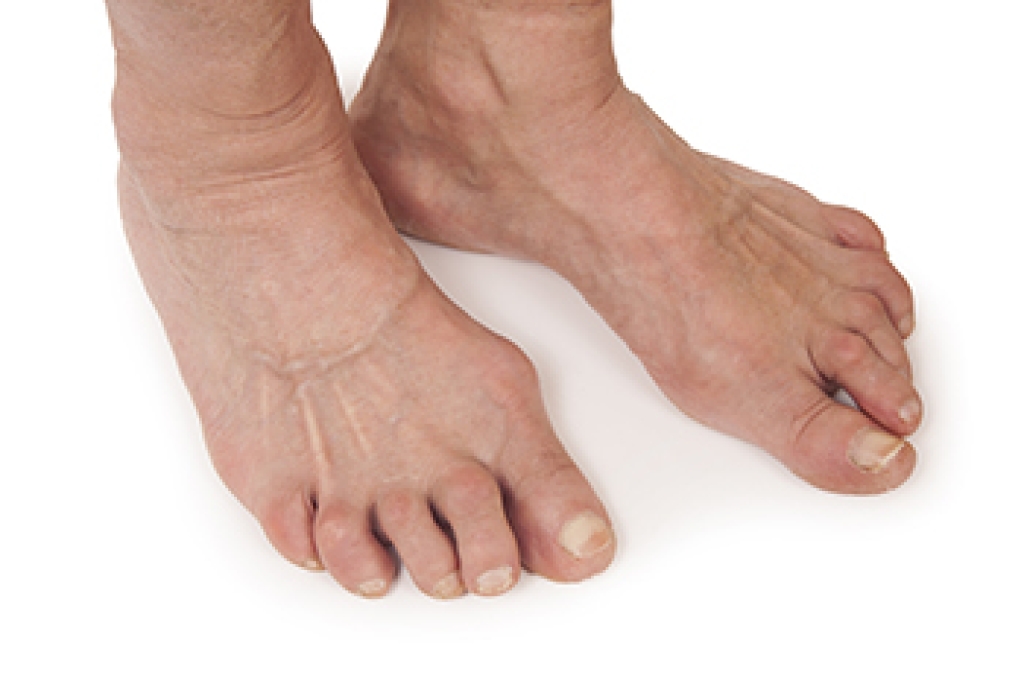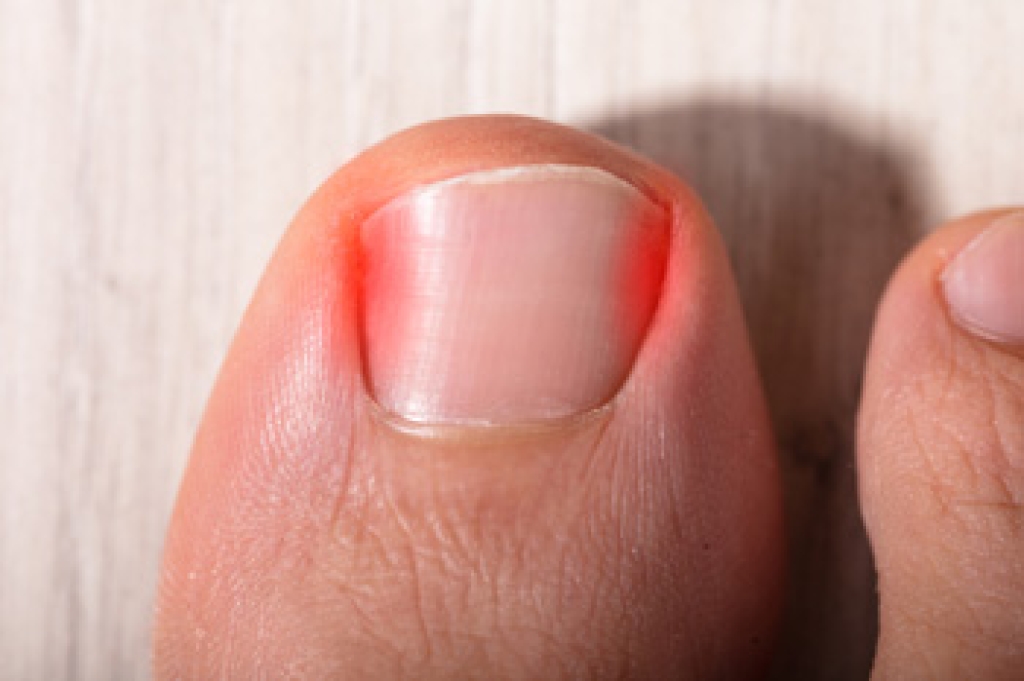
Proper foot care during childhood supports healthy growth of the feet, toes, and ankles and helps guide normal movement as a child becomes more active. Babies and young children rely on flexible, developing bones and soft tissues that respond to pressure, footwear, and activity levels. Watching for changes such as inward or outward turning of the feet, persistent toe-walking, or frequent tripping can help identify concerns early. Shoes that lack adequate support, including flip-flops, can create problems if they are worn for long periods, especially once a child begins walking outdoors. Footwear should allow room for the toes to move and match the natural shape of the foot to reduce the risk of pain or deformity. A podiatrist can evaluate a child’s gait, identify early structural issues, and guide care when symptoms affect walking or activity. If your child is exhibiting foot or mobility problems, it is suggested that you make an appointment with a podiatrist for a diagnosis and treatment.
Making sure that your children maintain good foot health is very important as they grow. If you have any questions, contact Edward Fryman, DPM, FACFAOM of Seaford Foot Care Center. Our doctor can provide the care you need to keep you pain-free and on your feet.
Keeping Children's Feet Healthy
Having healthy feet during childhood can help prevent medical problems later in life, namely in the back and legs. As children grow, their feet require different types of care. Here are some things to consider...
Although babies do not walk yet, it is still very important to take care of their feet.
Avoid putting tight shoes or socks on his or her feet.
Allow the baby to stretch and kick his or her feet to feel comfortable.
As a toddler, kids are now on the move and begin to develop differently. At this age, toddlers are getting a feel for walking, so don’t be alarmed if your toddler is unsteady or ‘walks funny’.
As your child gets older, it is important to teach them how to take care of their feet.
Show them proper hygiene to prevent infections such as fungus.
Be watchful for any pain or injury.
Have all injuries checked by a doctor as soon as possible.
Comfortable, protective shoes should always be worn, especially at play.
If you have any questions, please feel free to contact our office located in Seaford, and Bethpage, NY . We offer the newest diagnostic and treatment technologies for all your foot care needs.




